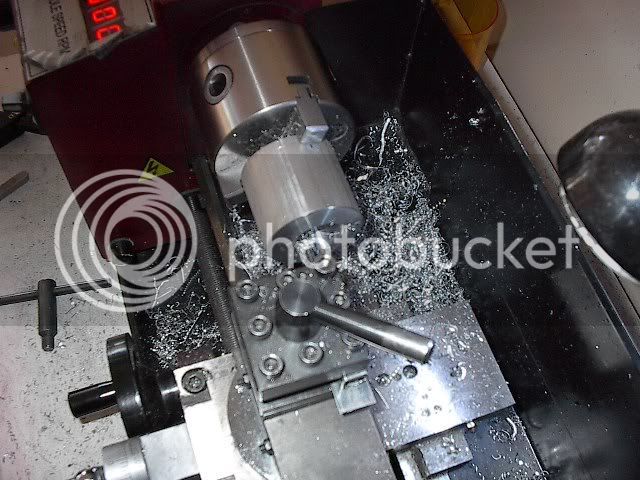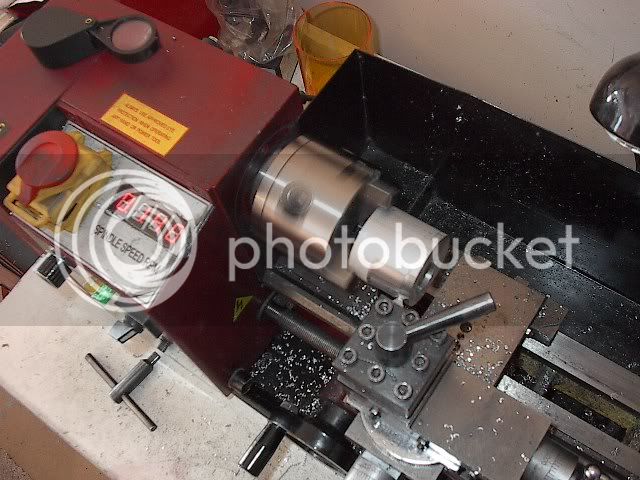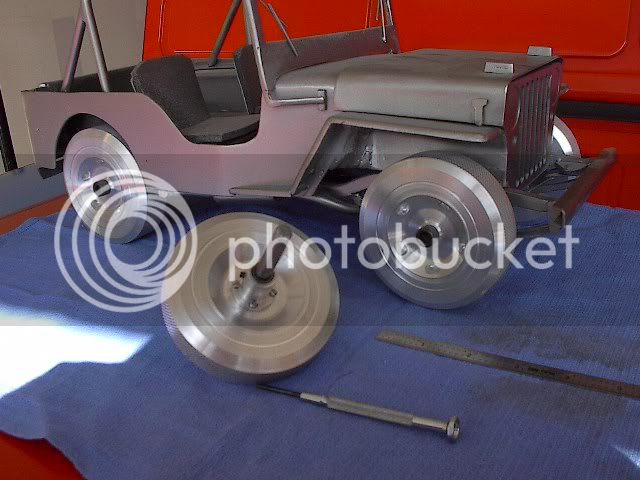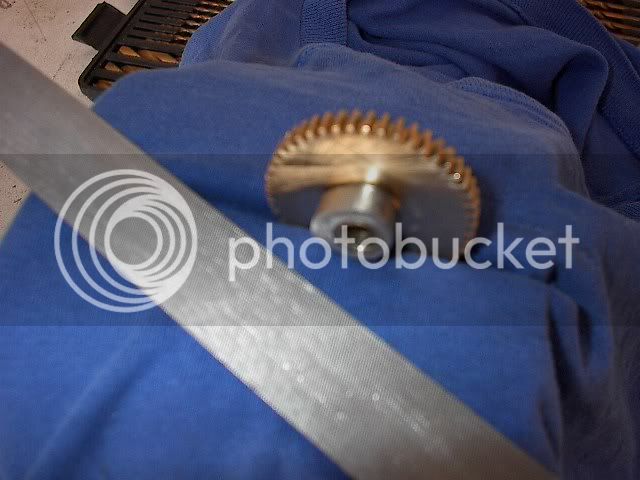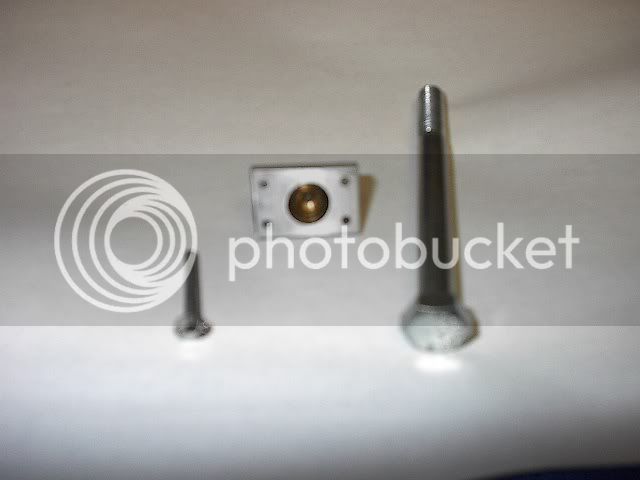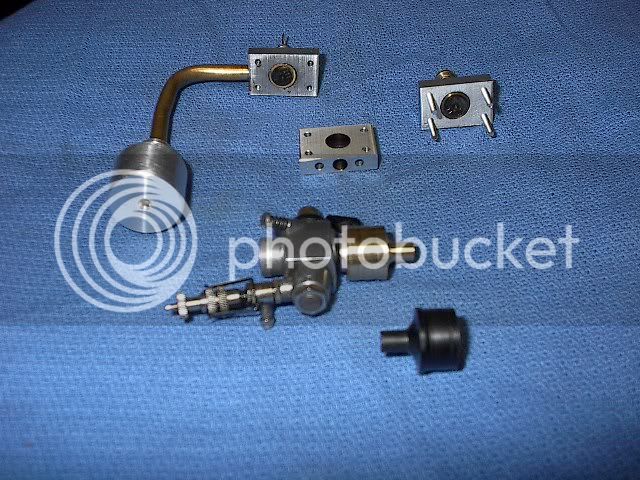I find the part about the "radiator" being "epoxied " into place very interesting. A few years ago I was involved in a research project in which we were trying to draw heat away from specific areas on a die casting mold to make the molten aluminum in the mold harden in a pattern. We found that even with a hard press fit and no epoxy, that heat transfer across two different pieces of metal was very poor, as compared to heat transfer though a contiguous piece of metal.---And when we tried it using any kind of epoxy, it was even worse. We ended up getting our best thermal transfer properties when we used a special "heat transfer paste" which has a very high percentage of finely ground copper in its make up.---Brian






